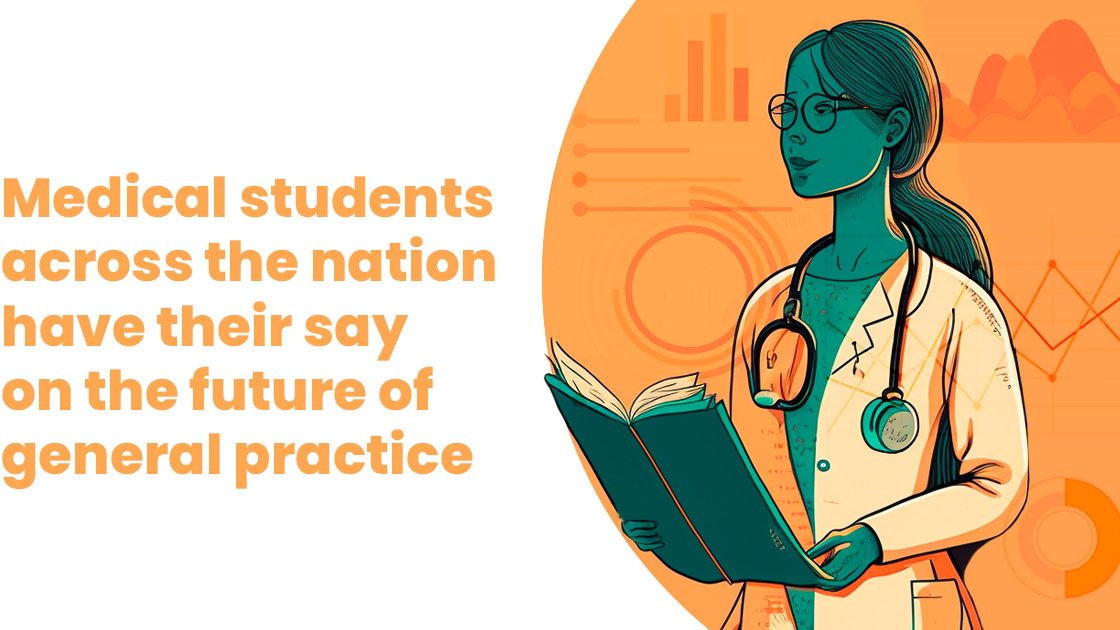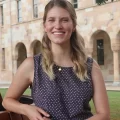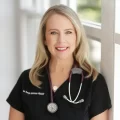Australia is currently experiencing a General Practitioner (GP) shortfall but our future doctors hold the answer to attracting more doctors to take up general practice.
Today, the General Practice Students Network (GPSN) released the results of the Medical Student Pulse Survey. The 2023 O-Week campaign recorded 372 responses from current medical students at 19 universities across Australia.
After identifying the factors preventing medical students from considering general practice as a legitimate career path, the survey asked students to convey what they see as the solutions to solving the GP workforce shortage.
GPSN National Chair, and third year medical student at the University of Queensland, Sarah Bresnehan, said the five central questions, aiming to capture their views on why they did or did not want to pursue general practice, provided encouraging results.
“It is a credit to the medical students of our nation that they are so willing to help us identify the current barriers and future solutions towards entering general practice.”
“There has been a lot of negativity about the state of general practice lately, and we wanted to show that medical students are overall positive about general practice and working in the community.”
“Medical students, who are the future workforce, have insightful ideas on how to fix the GP pipeline – we have a window of opportunity to turn this declining trend around, so let’s do it!”
The medical students pulse survey 2023 highlighted key solutions that would increase student motivation to pursue GP training. These recommendations ranged from incorporating more positive general practice exposure into medical degrees to addressing GP remuneration. Recommendations from the GPSN Survey include:
- Adding more general practice placements, particularly earlier on in medical programs.
- Improving the general practice placement experience was also frequently recommended. Specifically, ensuring that schools utilise GPs who are active and engaged teachers.
- Facilitating GPs to do more teaching in the medical school curriculum.
- Exposure to rural general practice is inconsistent or lacking according to some students. More hands-on exposure with rural generalists was recommended to address this.
- Greater focus on subspecialist and upskilling opportunities within general practice was another suggestion, and
- Financial remuneration for GPs to match other specialties, including an improvement of Medicare funding to reflect cost of living.
Analysis of the results, conducted by GPSN, revealed that the average likelihood of O-Week respondents to apply for GP training was 50.2%.
The survey results show interesting early medical career perspectives on general practice. An agreeable work-life balance was the most frequently cited answer when asked about the appealing aspects offered by the profession. Flexible hours, diversity of work, strong doctor-patient relationship, and continuity of care were also leading responses.
Lack of financial remuneration for GPs comparable to other specialties, alongside insufficient government support, was the most prevalent concern. Other barriers involved peer perception of general practice as a less important specialty, consultation time pressures and repetitive patient presentations.
“As future doctors, we are saying we want general practice to be a part of our education, we want to work in primary care and we want better working conditions when we enter general practice,” said Bresnehan.
GPRA President Dr Karyn Matterson said “It’s critical our policy and decision makers, such as the Federal Minister for Health, the GP Colleges, and Medical Deans, take account of what the next generation of doctors are saying needs to be done to get more GPs across Australia.”
“The recommendations from this survey again highlight what the research and our specialty knows – get doctors interested in general practice early in their career – and when they get there, support them in their practice and remunerate them right.”
“Listening to the views of the future doctor workforce is critical, but what the GPSN results tell me is that general practice has a bright future if we get the reform settings right. I commend the GPSN on its O-Week survey and all the work it does to promote general practice to early career doctors.”
—
ENDS
To arrange an interview or obtain further information, please contact:
Media Contact: Jo-anne Chapman CEO
0447 039 716
communications@gpra.org.au
The GPSN is Australia’s largest network of General Practice Clubs, with a membership of 4100 medical students across Australia, funded by the Department of Health and Ageing. There are 20 clubs located at more than 20 medical school universities.The purpose of the Uni GP clubs is to promote the general practice specialty, and attract and connect medical students interested in this field early in their career. GPSN is administered by General Practice Registrars Australia (GPRA) a National Peak Body.






